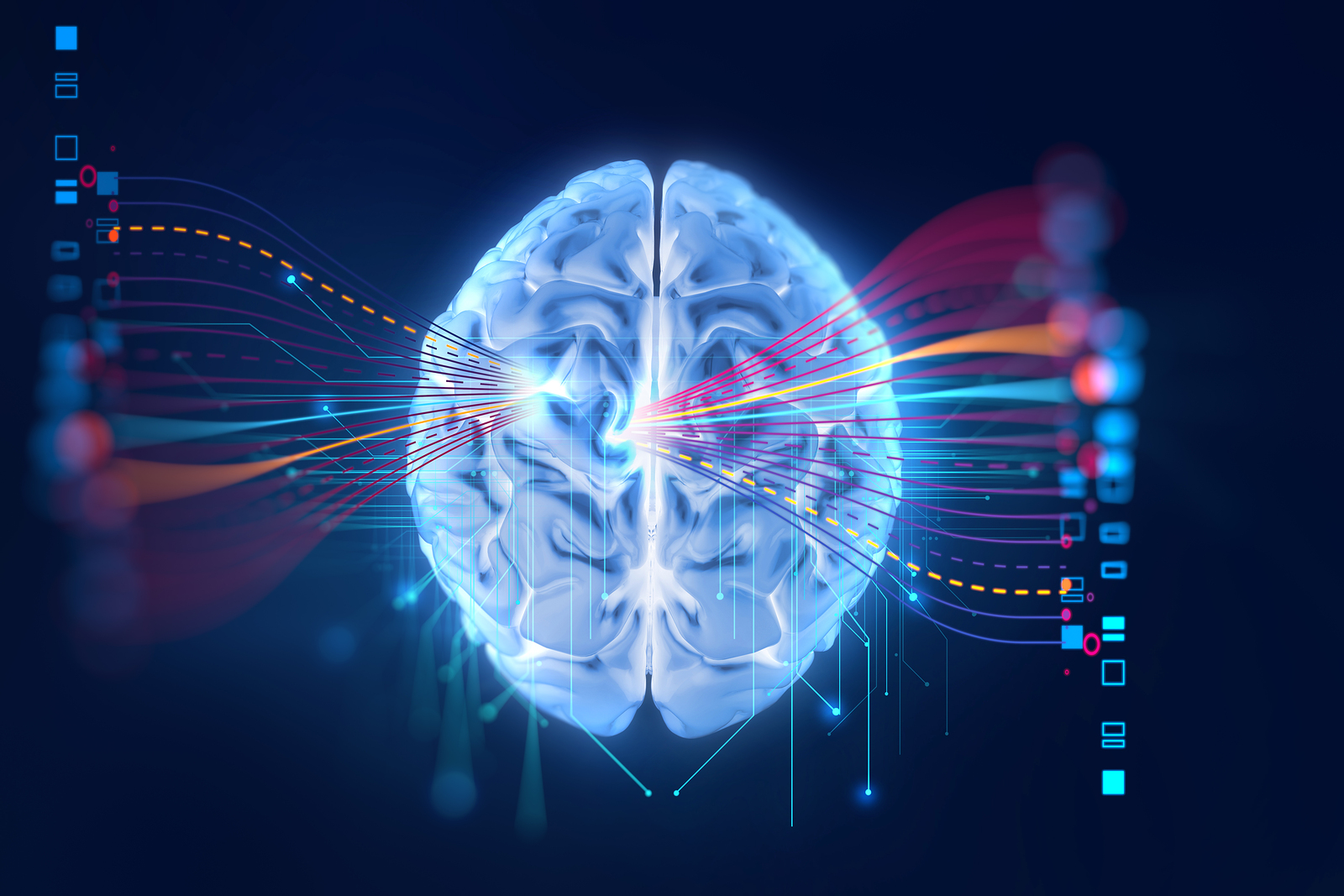These are some quick answers to some common questions I get about Business Intelligence, Big Data, and Analytics:
Big Data. The term has been around for quite some time. Why is it still important for innovative businesses?
It’s clear that data is one of the most important assets of the future. Organizations want to optimize their end-to-end customer experience, to improve productivity, and to engage the workforce in new ways. All of these things require data and analytics.
And we have more opportunities than ever before! More visibility, for example — the internet of things gives us new ways of monitoring and optimizing previously invisible business processes. And we can use new technologies like data orchestration to connect and collect data stored in different silos across the organization so that we can recognize previously unseen patterns.
The key is in recognizing useful data and then analyzing it in valuable ways. Can you elaborate?
First, it’s important to point out that data on its own is useless! You have to actually do something with it, to make decisions and take actions to improve a business process.
And just having lots of data isn’t enough – what’s important is to be able to focus on what’s important.
New intelligent data discovery technologies, powered by machine learning, can help you get to the heart of the problem faster: what’s new and unusual? what are the most important factors affecting the business?
And we can start looking into the future: faced with different business choices, you can now simulate the likely outcomes of each choice, in order to make the best use of limited resources.
Visualization of data analyses can make or break how the analyses are understood. What should people learn from that?
Good data visualization is vital. We need to make sure than every employee can easily access and understand the information they need to do their jobs.
Thanks to the latest in-memory technologies, executives now have the systems they’ve been dreaming of for the last forty years: high-quality, real-time information, at their fingertips, allowing them to run every aspect of their business. And these systems are easier than ever to use. Thanks to chatbots and enterprise digital assistants, you can now literally ask questions using everyday language.
It’s not that any of these concepts are new – but what is new is that the technology has finally caught up with the vision of information for all.
In the market there is a lot of talk about Bimodal IT, Mode 1 and Mode 2 IT, can you briefly explain what this means?
It’s about combining efficiency and stability on one hand with agility on the other hand. The one thing we can be sure about the future is that it’s going to be different from what we expect today. IT systems have to be agile, and data analytics can help, letting organizations react faster to changing market and business trends.
Data analyses can improve lives. Do you know of any inspiring examples?
Absolutely. Analytics is the ultimate win-win-win technology: more effective use of data can result in better customer outcomes, increased profits, and help make the world a better place – all at the same time.
Examples range from things like helping fans enjoy sport more. The San Francisco 49ers use data and analytics to smooth every aspect of their stadium operations, and they even provide fans with real-time dashboards during the games, so they get the insights and context into what’s happening on the field.
And we can use it to improve things like healthcare. We’ve been working with the state of Indiana to reduce infant mortality, and to explore the causes of the epidemic of drug overdoses.
And a great example is Harris Logic. It’s a small organization that works with cities around the US to transform behavioral healthcare with technology. For example, they have used predictive technology to help identify the subtle signs that indicate when mental health patients need extra help. This allows the doctors to proactively provide care and avoid crises that result in patients ending up on the street or in jail. Not only did it improve the lives of countless patients, it also saved the cities up to $30M – money that can be used to help those in need.
What should companies do to improve their data analytics?
First, it’s all about the data. The most beautiful visualization in the world is useless if underlying data is unreliable and inconsistent. You have to have a solid data foundation, and that requires considerable effort and investment.
Second, it’s all about people. It takes people to turn data into business improvement. Organizations should invest at least as much time and effort into people as they do in technology. Make sure your employees have the knowledge, skills, and incentives to take information and turn it into real business change.
